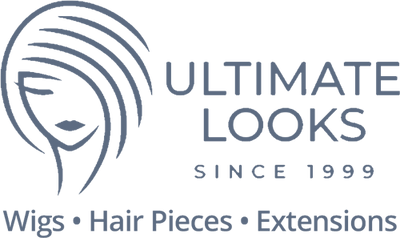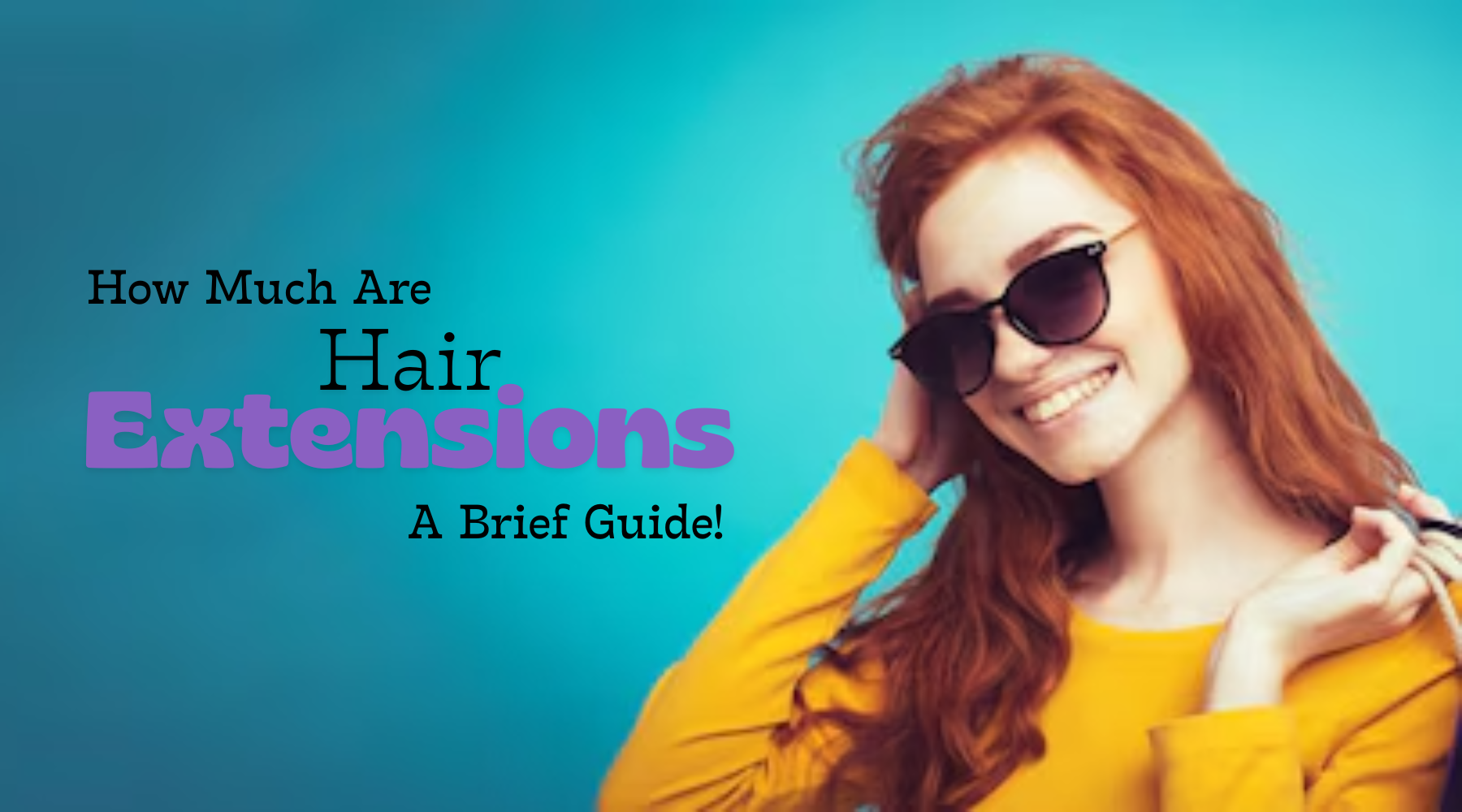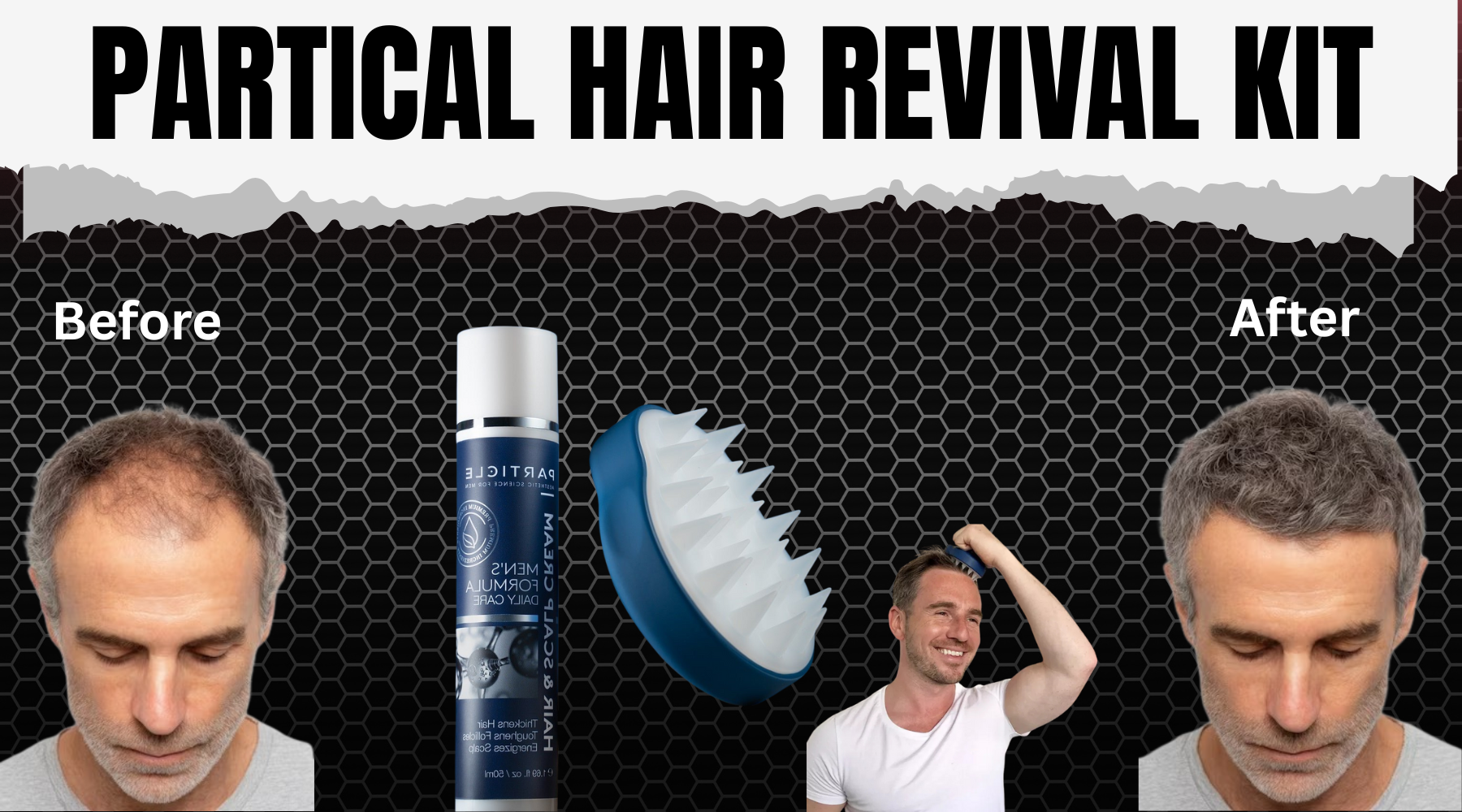Ways You Can Negate Your Thinning Hair
When people talk about hair loss they’re usually talking about “full hair loss” (a.k.a. “going bald), but that’s not the only type of hair loss. It’s not even the most common type of hair loss.
By the time we reach 50, nearly half of all women will experience hair loss. And while we don’t have the stats to back this up, we’re willing to bet that almost all of those women are stressed out about losing their hair.
From the time we’re little, we’re taught that thick, luscious hair is a mark of beauty, so losing our hair can make us feel unpretty. That’s why many women seek out hair replacement therapies and “ultra-realistic” human hair wigs, but those therapies and expensive wigs don’t come cheap.
Hair restoration surgery can cost anywhere between $4,000 to $15,000, and high-end, realistic looking human hair wigs can cost upwards of a thousand dollars a wig. For women who are just starting to lose their hair, dropping so much cash on surgery or a wig can feel like a lot.
Luckily, there are less expensive options that can give you back the volume you’re missing.
Toppers and extensions are a great way to add some “umph” to your hair if you’re just starting to experience hair loss. Even better, they’re easy to use, too. Some styles you can simply clip in, shake out, and get on with your day.
There are a lot of factors that go into deciding between toppers and extensions, and this article will walk you through the pros and cons of each.
HAIR EXTENSIONS
Hair extensions are ideal for people experiencing overall hair loss, rather than hair loss in several specific areas. Extensions attach underneath a top layer of hair, adding all-around volume.
The three most common types of extensions are:
- Clip-In Extensions
- Tape-In Extensions
- Sew-In Weave Extensions

PROS |
CONS |
| ✔ Easy to use. Clip-in extensions literally clip in. It’s that easy. |
X Shiftiness. Poorly made clip-in extensions can shift around or fall out throughout the day. And if there’s one surefire way to broadcast to the world that you’re wearing faux hair, it’s physically readjusting your hair’s placement in public.
|
|
✔ They’re inexpensive. If you’re new to the extension game (welcome, friends), and want to experiment with different looks, clip-in extensions are the way to go. You can find clip-in extensions sets for as little as $20 online.
|
X Longevity. Clip-ins aren’t designed for daily use and you definitely shouldn’t sleep in them. Clip-ins extensions pull at your natural hair, and if you wear them every day they can seriously speed up your hair loss process.
|
|
✔ Highly customizable. Take your extensions to a stylist and have a stylist cut them to match your haircut, giving you the most natural look possible. After you’ve customized your extensions, store them in separate plastic baggies labeled: front, middle, nape, and top.
|
X Quality: You can find human hair clip-in extensions, but more often than not clip-in extensions are made of lesser quality synthetic hair. |
| X Bad for very thin hair. If you have very thin hair, clip-in extensions don’t work well because they’re bulky and the tracks will be visible. |
PROS |
CONS |
| ✔ Long lasting. Tape-ins are made with tape-like, “sticky,” double-sided panels that, as the name implies, tape into your scalp and are easy on your natural hair. |
X Difficult to apply. Tape-in extensions are designed to STAY PUT. If they aren’t put in in the right way, you’re going to be stuck with a lopsided hairdo. You need to go to a stylist to have your tape-in extensions put in.
|
| ✔ Soft on bio hair. Tape-in extensions don’t rip or pull at your hair like clip-in extensions can. |
X Cost. Tape-in extensions can be pricey, anywhere from $300 to $2,300 for a set, and you have to pay a stylist to attach and remove them.
|
| ✔ Reusable. When the hair underneath your tape-in extensions grow out, you can remove them and reuse that hair with new tape. |
X Longevity. Tape-ins typically only last about a month before the hair underneath them grows out and you have to remove and reattach them.
|
| ✔ Updos. Side braids. Ballerina buns. Ponytails. The styling options with tape-in extensions are endless. | X Can’t use oil-based styling products. Anything with oil in it can loosen the base of the extensions and cause them to slip out. |
PROS |
CONS |
|
✔ Longevity. Sew-in weave styles can last for up to three months. No taking them out before bed. No worrying about whether or not they’re going to fall out when you use oil-based products. Just solid, stay in place extensions.
|
X Time. Getting extensions sewn in can take two to five hours. |
|
✔ Hair growth. Sew-in extensions actually encourage hair growth. Once they’re sewn in, you’re free to style the ‘fake’ sewn in hair any way you like, while the hair growing from your head in cornrows gets a break from styling tools and products.
|
X Cost. Sew-in extensions can cost anywhere from $200 - $800, plus the cost of having your stylist sew them in. |
|
✔ Styling opportunities. Feel like going from waist length waves to a crisp bob overnight? Go to your stylist and have her give you a new extension haircut.
|
X Hard to wash. It can be difficult to thoroughly clean the roots of sew-in extensions because scrubbing at the roots too hard loosens the extensions. Expect some build up at the scalp.
|
| ✔ Quality. Most sew-in extensions are made with high-quality human hair. | X Bad for thin hair. If you don’t have a good amount of natural hair, your stylist won’t be able to create the number of cornrows needed to create a natural look. |
TOPPERS
Sometimes called “half wigs” or “top pieces,” toppers are hair pieces that sit on top of your head and blend in with the natural hair below it. There are multiple sizes and styles of toppers, but there is generally only one type: a top piece that covers the part of your hair and sits on the top.

PROS |
CONS |
|
✔ Alopecia/thinning hair friendly. If you’re losing your hair in spots or if you have very little to no hair and want to cover up bald patches, toppers are a great choice.
|
X Bad for thin hair. Toppers need hair to clip into. If you don’t have enough hair, the topper can’t clip in. Also, clips tend to rip at your hair, so it might pull out the hair you do have left.
|
|
✔ Natural. When you find a topper that perfectly matches your natural hair and is well constructed, it looks extremely natural. Some synthetic toppers look even more “real” than high-end human hair wig.
|
X Difficult to color match. If you want your topper to look natural, it needs to match the texture and color of or your bio hair exactly. And if you can’t find a color that matches, you’ll have to dye your hair to match your topper.
|
|
✔ Cooling. Wigs can get hot in the summer. Toppers? Not as much. Because only part of your hair is covered with a topper, you won’t overheat as much and your scalp will have room to breathe.
|
X Hard to style. You need to style your natural hair and topper separately, lest you pull at the clips of your topper and pull out your hair. Blending the two can be tricky.
|
|
✔ Updos. With toppers, you can create realistic looking updos. Pro tip: the smaller the topper, the higher the ponytail, bun, or updo you can create. |
We hope this guide helps you decide between wearing a topper or wearing extensions.
Are you a long time topper or extension wearer and have some other pros or cons to tell us about? Leave us a note in the comments.
Check out these posts for more hot hair tips:








Amazing piece of content, Thank you for sharing this blog….
Thank you for your article. It will definitely help me a lot…
My hair is getting thin and I don’t know what kind of hair extensions i need to get the topper sounds like i might want to try need help